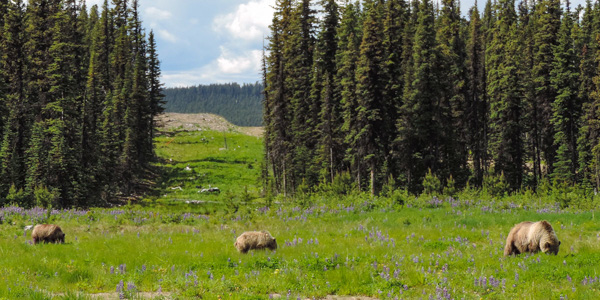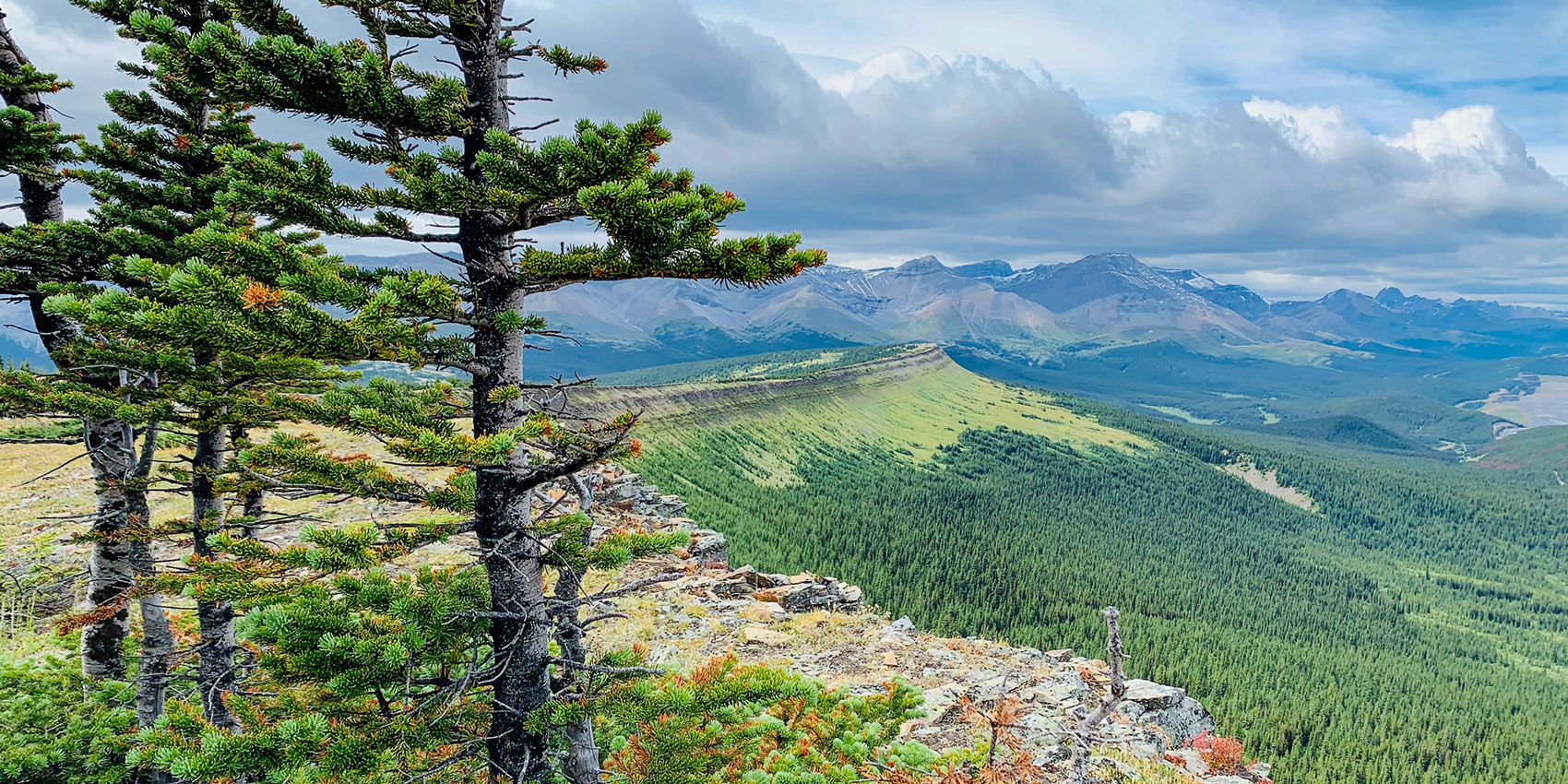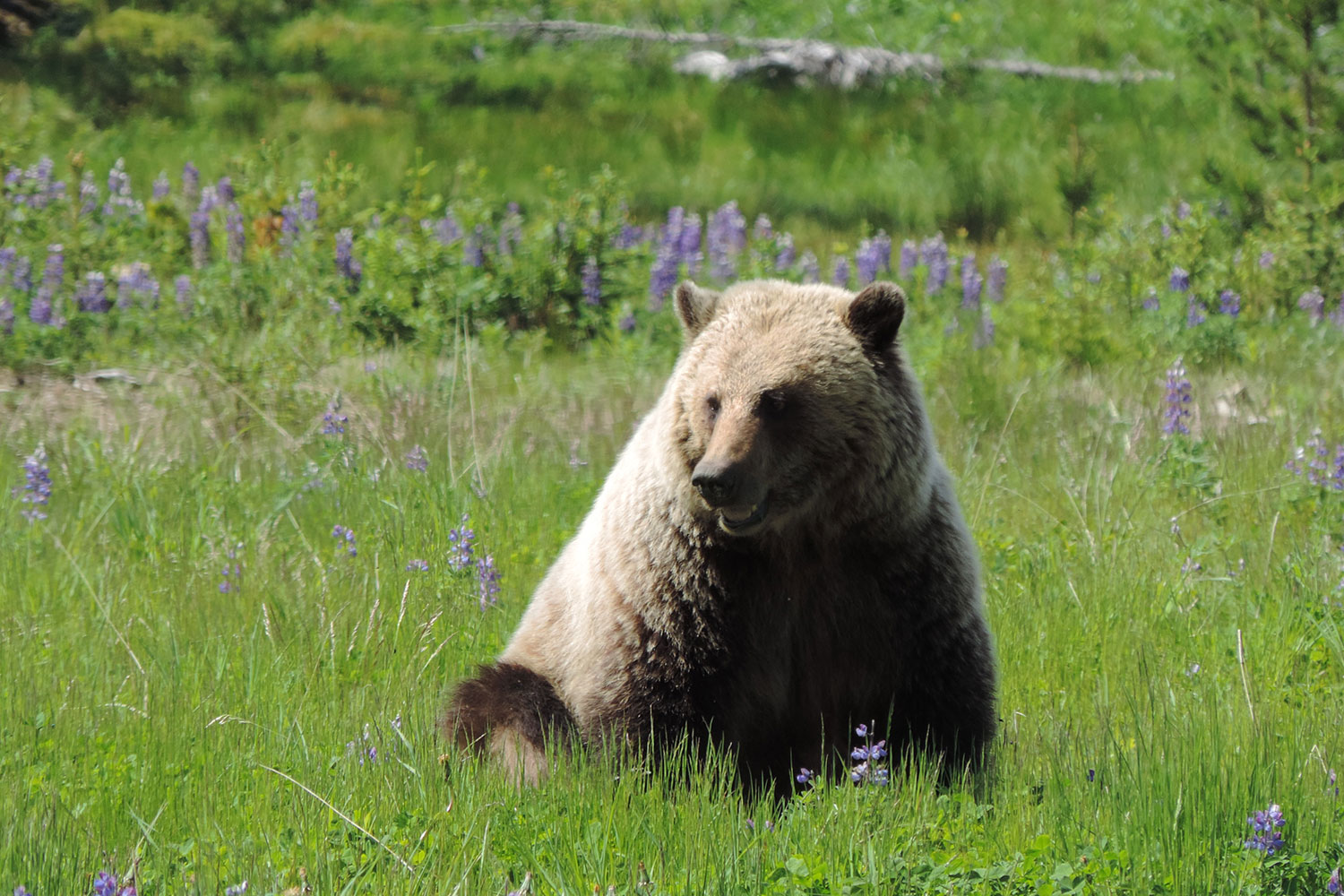
Article published in Journal of Conservation Planning. Citation and abstract only.
Abstract
In Alberta, Canada, high rates of human-caused mortality threaten the long-term persistence of grizzly bears. To reduce this threat, the provincial grizzly bear recovery team suggested that core conservation areas of at least 2,400 km2 be delineated for each of seven population units where open access road density is limited to 0.6 km/km2 and buffered by secondary conservation areas where road density is limited to 1.2 km/km2. We used a habitat model based on 81 radio- collared grizzly bears and a road network to identify core conservation areas for six population units using two comparative techniques: (1) simulated annealing; and (2) contours of safe harbor habitat – an index of secure habitat. Model effectiveness was evaluated by comparing grizzly bear detections (occupancy) in conservation areas to existing protected areas at 2,295 hair-snag sites. Habitat was similar among techniques, while simulated annealing resulted in lower road densities and higher occupancy rates. Overlap among techniques was 46% of combined area. Using results from both analyses, Alberta Sustainable Resource Development modified core areas to follow watershed boundaries, nearly doubling their extent to 33,364 km2. Secondary conservation areas buffering and/or connecting core areas added an additional 23,224 km2. Grizzly bear occupancy in final core areas did not differ significantly from protected areas, while occupancy was 4 to 6 times lower in secondary conservation areas. We suggest that the comparative modeling approach used strengthened decision support and value of models and that effectiveness monitoring and adaptive management be used to adjust future management strategies and locations of core area boundaries.
Citation
Nielsen, S. E., Cranston, J., & Stenhouse, G. B. (2009). Identification of priority areas for grizzly bear conservation and recovery in Alberta, Canada. Journal of Conservation Planning, 5, 38–60.








